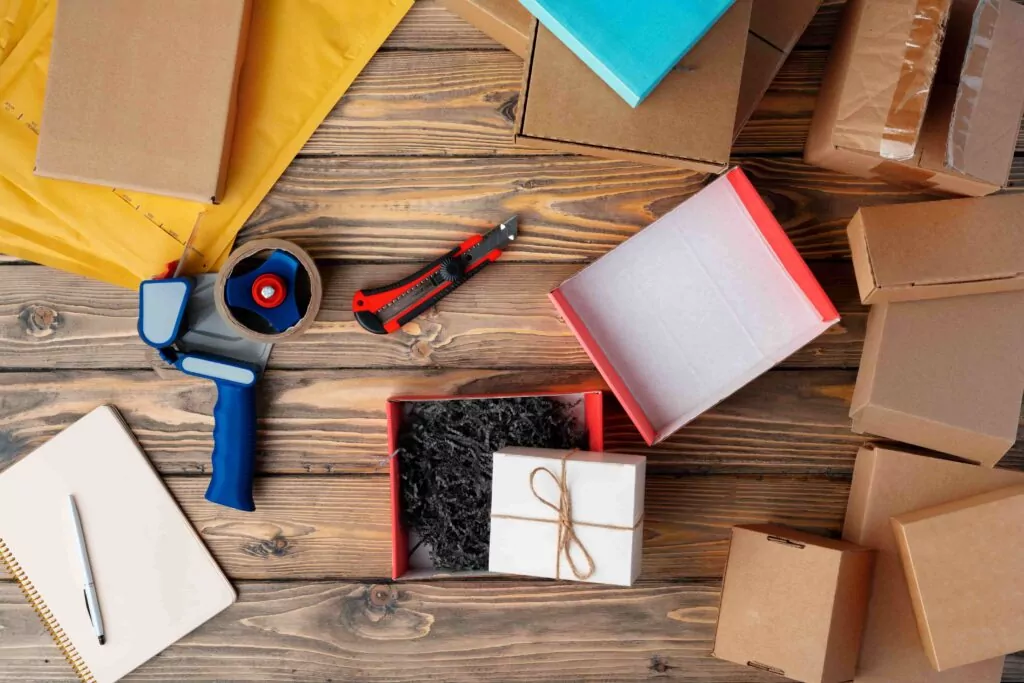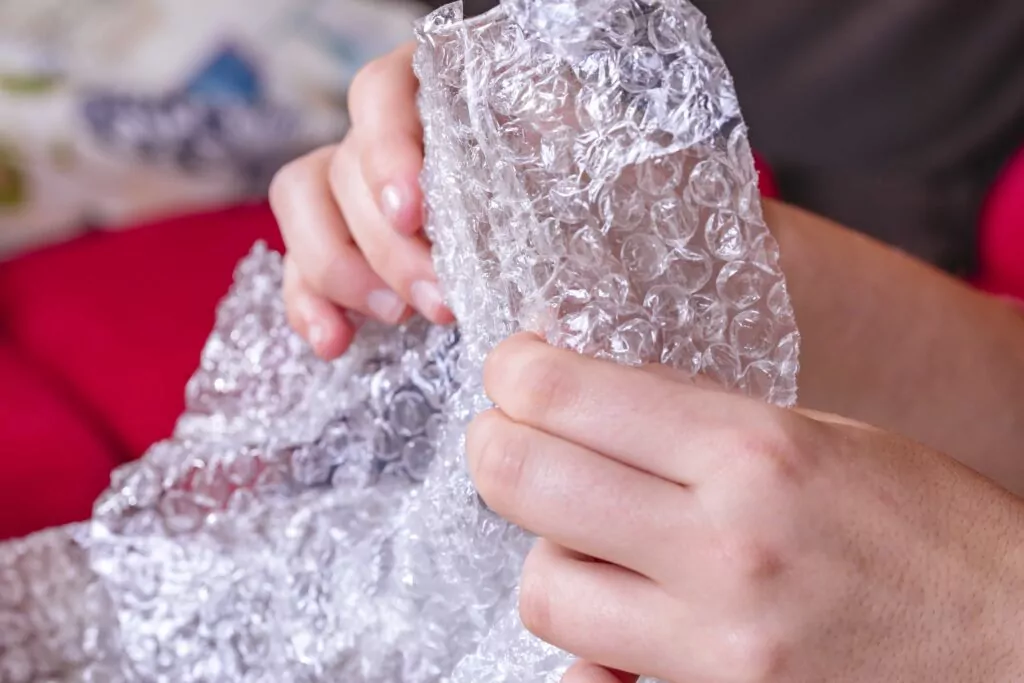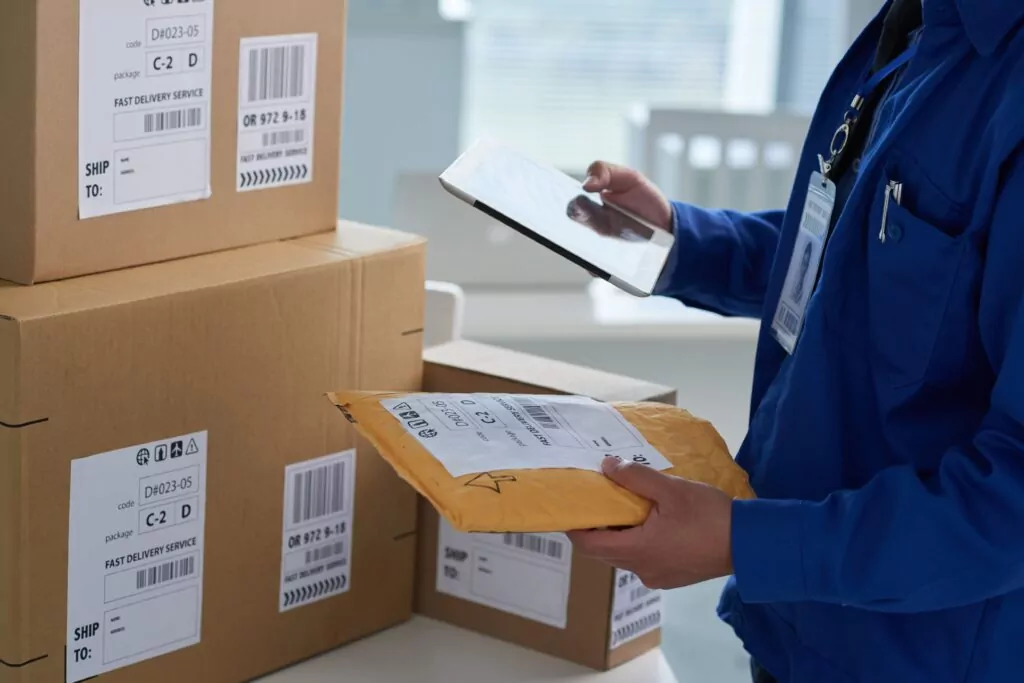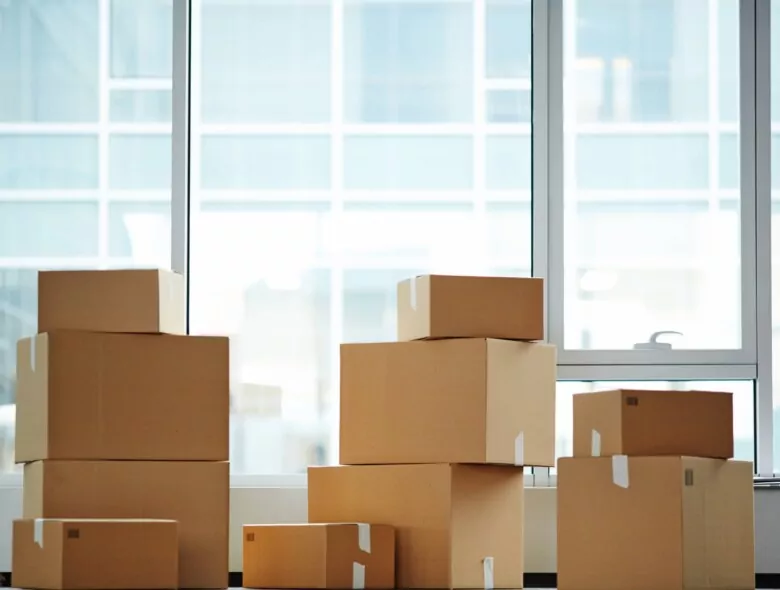So you’ve found a new place to live and have signed the lease. The clock is now ticking down to when you’ll have to vacate your current premises; and before you lies possibly the biggest foe people face when moving: your belongings.
‘Where to even start?!’ you think in despair as you gaze at the seemingly endless array of stuff strewn and scattered to fill every nook and cranny of your current place. Alright, it’s probably not as dramatic as this sounds but the trick here is to divide and conquer. Let’s start with items that need a little extra attention and TLC (tender loving care) shall we?

Packing Tips for Fragile Items
China, glassware, stemware, porcelain – the list could go on. All of these fragile and breakable items need to be packed carefully to ensure they make the journey from A to B so here are some tips that hopefully help minimize any mishaps:
- Use small, sturdy boxes for fragile items that are heavy. Fill up any empty spaces between items with balled-up newspapers, bubble wrap, foam, old socks, etc.
- Use double or even triple walled cardboard boxes for fragile items as they are stronger and sturdier, and offer more protection.
- Employ the “Letter H Method” when taping boxes, especially the bottom. Go across the box with the tape then do the sides. If you want to be extra careful, you can tape the bottom of the inside of the box as well.
- Pad the bottom of your boxes with something soft – bubble wrap, foam pad, Styrofoam peanuts, or even towels.
- The heaviest items go on the bottom; the lightest items go on top. This is so that the light items don’t get crushed beneath the weight of the heavy items.
- Try to get boxes specific for packing china, dishes, glassware, and stemware. These boxes usually come with dividers to make compartments for each individual item. Alternatively, you could create your own dividers by cutting pieces of cardboard and slotting them together inside a box you already have.
- Stuff hollow items like jars, mugs, glass containers, etc. with balled-up newspaper, packing paper, or bubble wrap to give them some extra padding and protection.
- Be generous with the bubble wrap and wrap any and all items that may be even the slightest bit fragile. Better safe than sorry. Secure the aforementioned bubble wrap with some good tape.
- Label boxes that contain fragile items with a big, red FRAGILE! sign and group them together in one place. This is so that you can make clear to the movers that these boxes need to be handled with care

Where to Get Packing Materials
Whether you’re on a tight budget, are looking to be a bit more eco-friendly, or are just looking for a few more boxes or rolls of bubble wrap, there are a few options to choose from when hunting for packing material. A popular destination is one of the numerous 100 yen stores scattered across Japan. You can find packing materials at supermarkets, pharmacies, bookstores, cafes, train stations, etc.
Alternatively, if you’ve hired or are thinking of hiring a moving company, chances are they’ll provide packing material for you, so don’t forget to check with them before you purchase your own. Tip: If you’ve signed a lease with Village House, they offer a discount coupon with one of their affiliated moving companies so don’t forget to ask about it!
100 yen stores
Japan is blessed with a variety of 100 yen stores where the vast major of products are…100 yen (excluding tax). 100 yen stores in japan include Daiso, Seria, Can Do, or Watts. You’re pretty much spoiled for choice. Now, it may depend on the size of the stores but from experience, you can find packing materials such as flat-pack boxes, rolls of bubble wrap, bubble wrap sleeves for dishes, scissors, tape, tape dispensers, etc. at these shops.
Supermarkets and Pharmacies (for boxes)
If you’re on a super tight budget, then no worries, you can also scrounge up some cardboard boxes from shops such as supermarkets and pharmacies. All you need to do is ask a member of staff if they have any boxes to spare and they’ll either point out the area where they stack said boxes or bring you to them. Some supermarkets even pile up these boxes by the bagging and checkout area for customers to freely take.
Bookstores, cafes, etc. (for free magazines, newspapers, paper)
There are free magazines, newsletters, newspapers, etc. pretty much everywhere. You can collect these and use them as padding for your fragile items, either by balling them up to fill empty spaces and hollow items, wrapping the fragile items up in them, or lining the bottoms of your boxes.

Shipping Insurance
Depending on the value of your items and the distance it needs to travel, shipping costs and insurance will vary. Shipping insurance will also vary depending on the courier used but it is recommended when shipping fragile items. You will be compensated up to a certain amount if your items end up damaged in transport.
The fee for insurance is usually decided based on the value of the contents you are shipping out. Be sure to look at your shipping company’s insurance breakdown to see the full benefits of shipping insurance!
Shipping in Japan
Other options for shipping is to inquire about “Fragile – Handle with Care” services from moving companies such as Art Corporation, Akabou, and Yamato Home Convenience. As these are companies that specialize in helping people move, they may provide you with better peace of mind for your fragile babies.
You might also want to consider that if your fragile items aren’t that heavy or bulky, you may want to just bring them with you as carry-on. That way not only can you keep it safe but you can also save on shipping costs!
Hopefully, you feel confident about packing up your breakables and shipping them off to your new home. If you’re considering a Village House apartment, inquire about their moving support service to see if they can answer some of your questions about fragile shipping.



